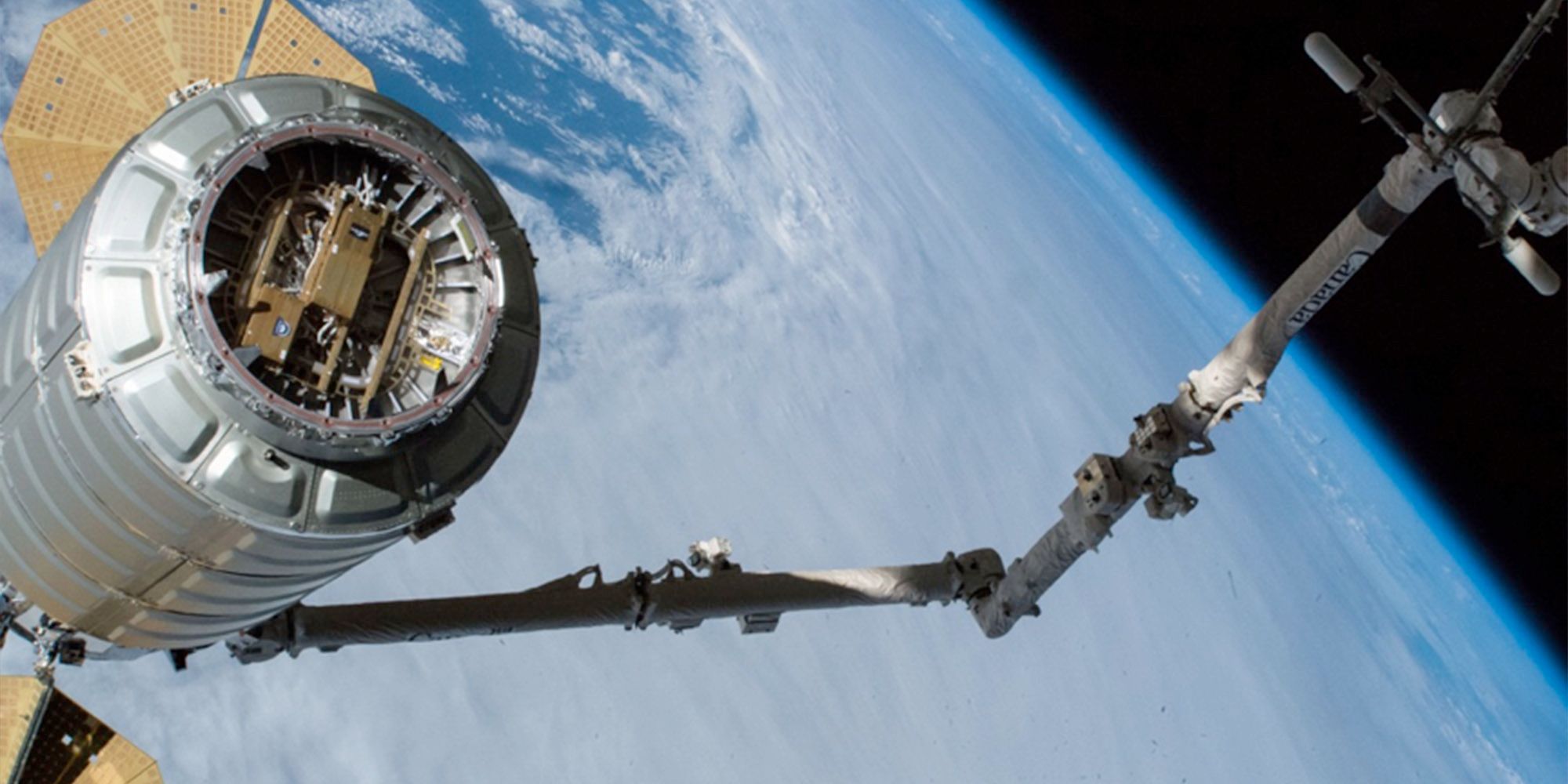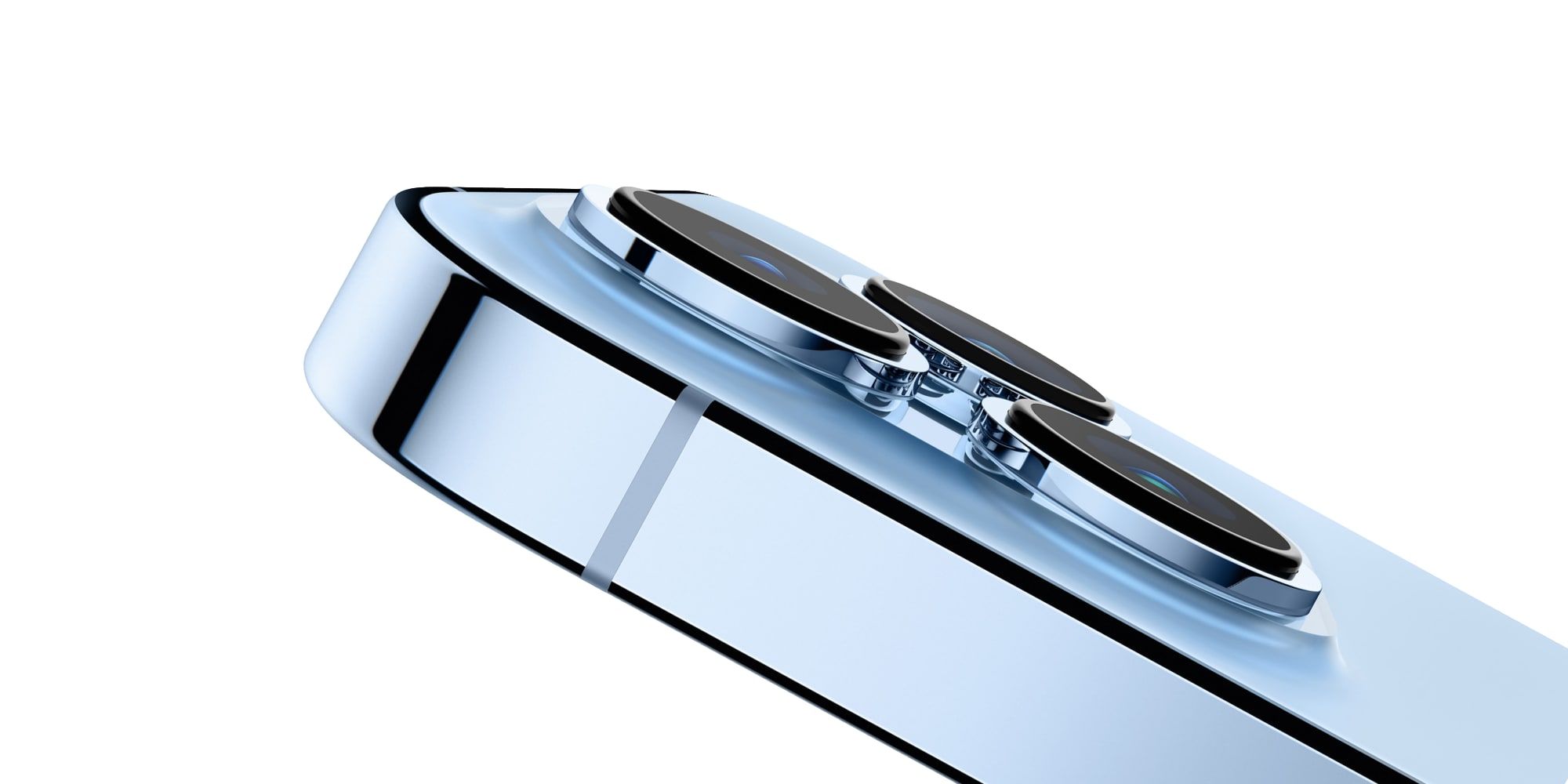
Three months ago, Virginia-based space startup Lynk sent the world's first satellite cell tower into orbit. Since then, it has reported successful connections from hundreds of mobile phones across the United States, United Kingdom, and the Bahamas, proving definitively that a direct connection from everyday mobile phones to satellite is indeed possible. Several companies, including SpaceX and Amazon, have been working on similar tech, but have so far only been able to create connections by routing the satellite's signals through a physical terminal on Earth first. Lynk's satellite, "Shannon," on the other hand, needs no additional hard- or software and can be used by any mobile phone as-is.
Lynk's goal for this technology is to create a worldwide broadband internet coverage, that reaches every remote, yet-unserviced location on Earth. They're starting small, however, as Shannon's limited bandwidth only allows for text message service. According to Lynk, this is already an important step towards saving the lives of those lost in the mountains or at sea. They also list the aftermaths of natural disasters such as hurricanes as events for which this texting service could be life-saving. To reach its long-term goal, the company would have to dramatically increase the number of satellites in orbit, which has already elicited some concern.
When Lynk announced the resounding success of its initial tests, it also addressed the primary reasons this development was previously thought to be impossible. For one, the long distance between Earth's surface and satellites at an altitude of 310 miles meant that an individual mobile phone's signal had to be delivered through the "noise" of all its surrounding phones. For another, the high speed of the satellite's orbit resulted in a huge doppler effect that warped the signal beyond recognition. In order to make Shannon work, Lynk had to create the technology that would allow a satellite to be seen as a regular phone tower from Earth.

To date, Lynk has only launched this single satellite, which limits the coverage they can provide to a few degrees of latitude and short time windows. Even among those that receive coverage, this is only for a few minutes each day as the satellite passes overhead. That being said, Shannon's model was built for mass production, and Lynk aims to have 10 of them orbiting the planet next year. This would already provide coverage to most of the planet, several times a day. Their next goal after that is to launch 100 satellites by 2023, expanding their coverage to the rest of the world and shortening wait times to 5-20 minutes. Their final goal of providing complete broadband internet to every location in the world, however, could require up to 1,500 satellites.
On Earth, mobile network providers such as T-Mobile and Verizon in the U.S. will have to partner with Lynk to make satellite internet available. So far, Lynk has gained network partners in the Central African Republic and the Bahamas, and with Shannon's success, it is likely to close more deals soon. While this would mean that the cost of the service would be up to each mobile carrier, Lynk wants to ensure that at least emergency services are provided to everyone for free.
Source: ArsTechnica
from ScreenRant - Feed https://ift.tt/3oirPXb
